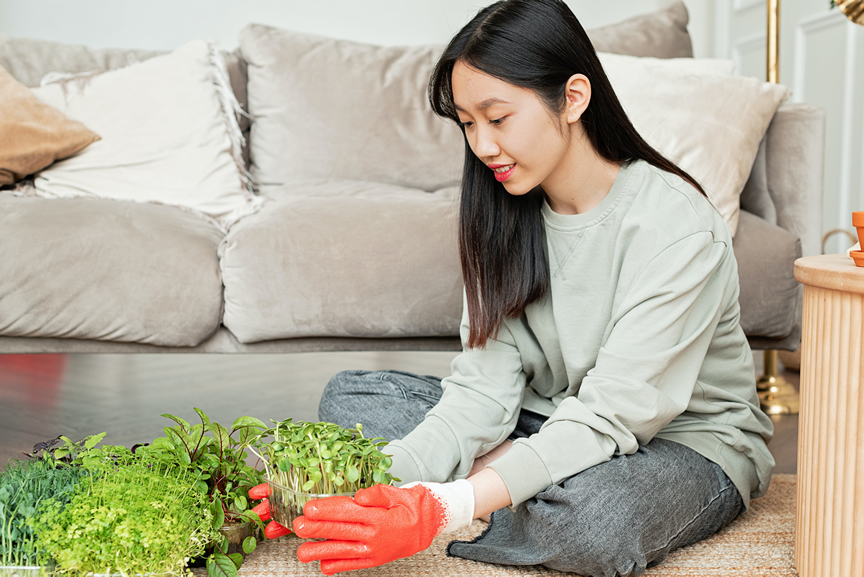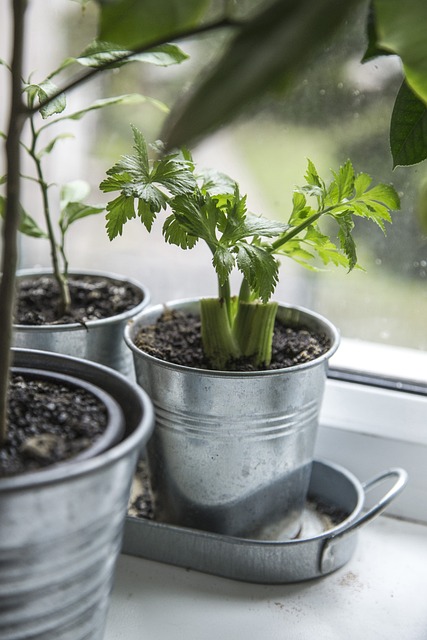Are you yearning for a touch of nature within the confines of your home? Indoor gardening might be the perfect solution for you! Cultivating a lush and vibrant indoor garden not only adds a breath of fresh air to your living space but also allows you to unleash your creativity and embrace the DIY spirit. In this comprehensive guide, we’ll take you through the essentials of indoor gardening, providing you with the knowledge and inspiration to develop your own green haven.
Article Sponsor: Parking Lot Striping Louisville
Why Indoor Gardening?
Before we delve into the nitty-gritty of indoor gardening, let’s explore why it’s gaining popularity among DIY enthusiasts and plant lovers alike.
- Year-Round Greenery: Indoor gardening allows you to enjoy the beauty of plants all year round, regardless of the season or climate outside.
- Therapeutic Benefits: Gardening has proven therapeutic benefits, from reducing stress to improving overall mental well-being. Bringing the outdoors inside provides a constant source of tranquility.
- Creative Expression: Indoor gardening is an artistic endeavor. From choosing plant combinations to designing unique containers, it’s an opportunity to express your style and flair.

Now that we’ve established the allure of indoor gardening, let’s dive into the practical aspects.
Setting Up Your Indoor Garden:
- Choose the Right Plants: Selecting the right plants is crucial for the success of your indoor garden. Consider factors such as light levels, humidity, and available space. For beginners, low-maintenance plants like succulents, snake plants, and pothos are excellent choices.
- Understand Light Requirements: Adequate light is essential for plant growth. Identify the natural light conditions in your home and choose plants that thrive in those conditions. If you have limited natural light, supplement with artificial lights like LED grow lights.
- Select the Right Containers: Get creative with containers! Almost anything can be repurposed into a planter—mugs, teacups, old boots, or wooden crates. Ensure that the containers have drainage holes to prevent overwatering.
Basic Indoor Gardening Techniques:
- Watering Wisely: Overwatering is a common mistake for beginners. Most indoor plants prefer to dry out slightly between waterings. Invest in a moisture meter to gauge when your plants need water. Remember, it’s better to be underwater than overwater.
- Feeding Your Plants: Indoor plants need nutrients to thrive. Use a balanced liquid fertilizer during the growing season (spring and summer) and reduce feeding in the dormant months. Follow the instructions on the fertilizer packaging for the best results.
- Pruning and Grooming: Regular pruning not only keeps your plants looking neat but also encourages healthy growth. Remove dead or yellowing leaves and pinch back stems to promote bushiness.

DIY Indoor Garden Projects:
- Terrarium Wonderland: Create your own miniature ecosystem with a DIY terrarium. Glass containers, pebbles, activated charcoal, and a variety of small plants come together to form a captivating display.
- Hanging Gardens: Utilize vertical space by crafting a hanging garden. Macramé plant hangers or repurposed wooden pallets can showcase an array of trailing plants, turning your walls into a living masterpiece.
- Upcycled Planters: Embrace sustainability by repurposing old items into unique planters. Turn vintage tin cans, tea tins, or wooden crates into charming containers for your green companions.
Common Challenges and Solutions:
- Pest Control: Keep an eye out for pests like spider mites and aphids. Regularly inspect your plants, and if you spot any pests, isolate the affected plant and treat it promptly with insecticidal soap or neem oil.
- Diseases: Fungal diseases can occur in the high humidity of indoor environments. Ensure good air circulation, avoid overwatering, and promptly remove any diseased foliage to prevent the spread of infections.
- Monitoring Temperature: Most indoor plants thrive in a temperature range of 65-75°F (18-24°C). Avoid placing plants near drafts, heaters, or air conditioners, as sudden temperature fluctuations can stress them.
Cultivating Your Green Oasis
Indoor gardening is not just about plants; it’s a journey of nurturing and creativity. As you embark on your indoor gardening adventure, remember that each plant has its own personality and requirements. Take the time to observe, experiment, and enjoy the process.
With the knowledge gained from this beginner’s guide, you’re well on your way to developing a flourishing indoor garden that reflects your unique style. So, don your gardening gloves, grab your favorite plants, and let the green thumb in you flourish! Happy gardening!
Thank you for visiting our blog. We hope you have found some great DIY tips and tricks. If you have any comments or questions please contact us today. If you have any great DIY tips to share, please submit your tips as well. We also ask that you visit our sponsor Louisville Parking Lot Striping https://www.parkinglotstripinglouisville.com/
